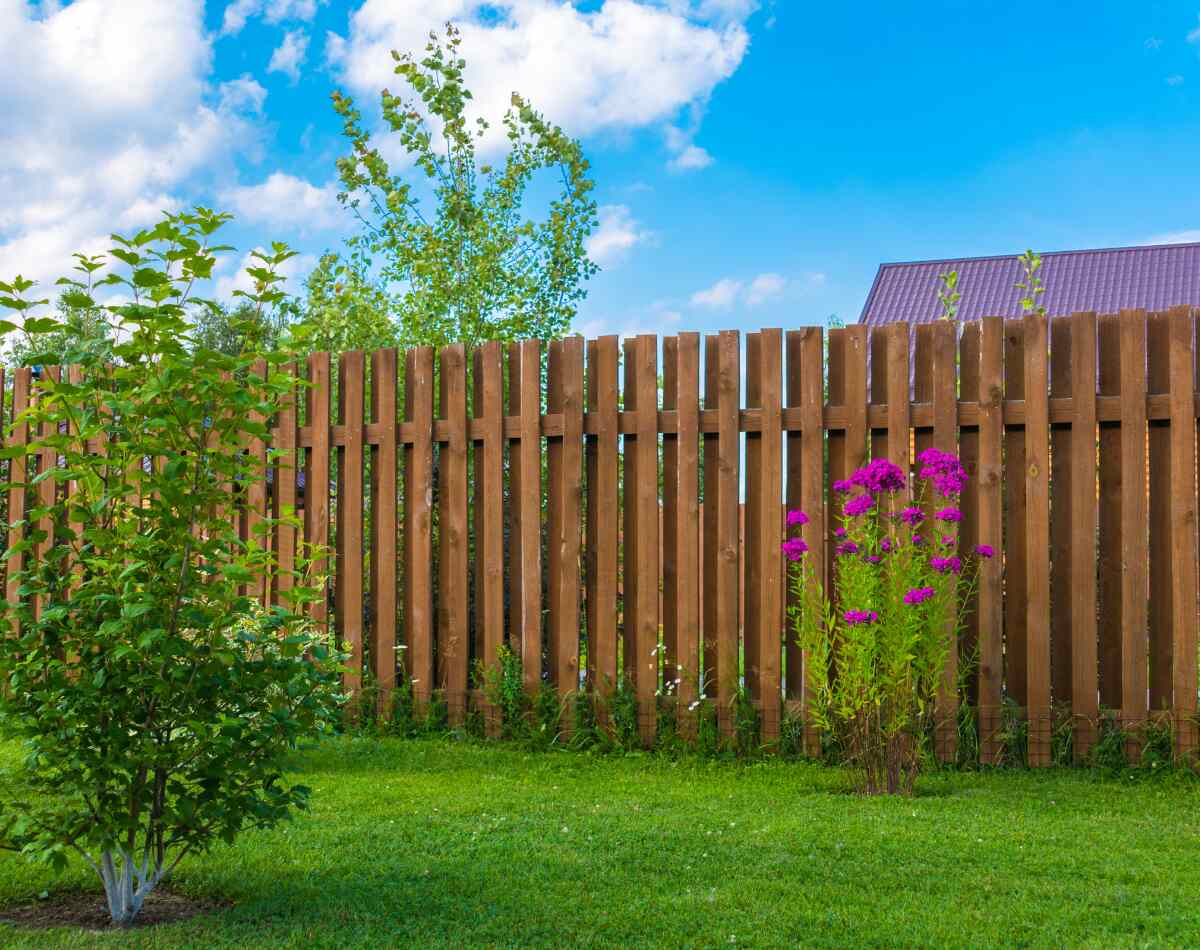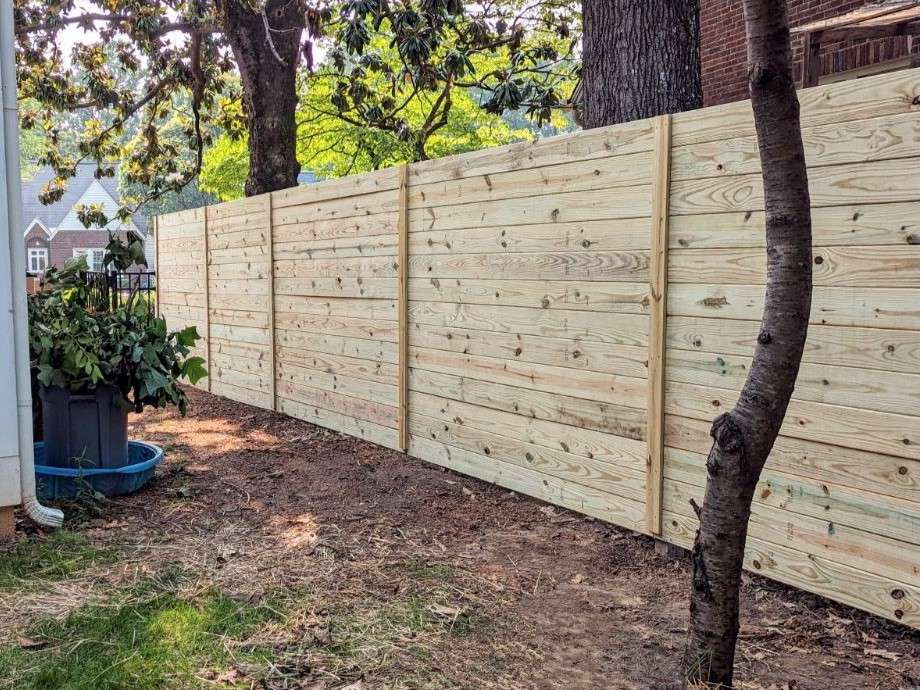All Categories
Featured
Mounting a fencing on your residential property can include personal privacy, safety, and aesthetic appeal, but before you begin digging holes and establishing articles, it's necessary to understand whether you require a permit. Not obtaining the essential permits might result in penalties or the need to get rid of the fence.
Why Are Permits Essential for Fencing Setup? Authorizations are important for making sure that your fencing abides by local zoning regulations and building regulations. These policies help ensure the safety of your building and the surrounding location. Additionally, permits prevent disputes with neighbors or local authorities, particularly when it pertains to building lines, height limitations, and general layout.
Oftentimes, regional authorities need permits to regulate points like visibility at crossways or the proximity of a fence to public areas like roads or sidewalks. Authorizations also aid make certain that fences are installed correctly and safely, especially when it involves unique products or high fences.
Usual Sorts Of Authorizations for Fencing Installment. The kind of fence you wish to install and your area will certainly figure out which permits are called for. Here are one of the most usual kinds:
Structure Permit. A building permit is usually needed for fences that surpass certain elevation limits (commonly over 6 feet), lie near a public road or sidewalk, or are made from particular materials. Structure allows guarantee that the structure fulfills neighborhood building codes, including safety criteria.
Zoning Permit. Zoning licenses are often called for to guarantee that your fencing follows regional zoning legislations. Zoning laws can specify where a fencing can be positioned on your residential or commercial property (e.g., along home lines or ahead backyards), in addition to established restrictions on fencing height. These regulations are made to stop obstructions that might impact web traffic safety and security or area visual appeals.
![]()
Problem Permit. In some locations, you might need an obstacle authorization to position your fencing a specific range from residential property roads, lines, or energies. Setbacks are intended to maintain correct area between frameworks and property limits, reducing possible disputes with neighbors or public infrastructure.
Homeowners Association (HOA) Authorization. If your residential property belongs to an area governed by a Homeowners Association (HOA), you will likely need approval from the HOA before setting up a fence. HOA guidelines usually govern the style, height, products, and even shade of fencings, making sure that they match the general aesthetic of the area.
The Process for Acquiring a Fence Permit. To acquire a fence license, you normally need to call your neighborhood city or region office. Most locations have a structure department or planning workplace where you can make an application for licenses. The procedure entails finishing an application and offering in-depth information concerning your suggested fence, consisting of:
Fencing layout (materials, height, style) Area on the residential or commercial property. Property line information (for exact positioning) Oftentimes, a website strategy showing the recommended fencing's position will be required. You might also need to pay a permit fee, which can vary based on area and the intricacy of the project.
As soon as you submit your application, the local authorities will examine it to make sure the fencing follows neighborhood laws. Depending upon your area, you may likewise need to permit or schedule an evaluation for a residential property survey.
When Do You Not Need a Permit? Sometimes, a permit might not be required. Commonly, you may not need a permit if:
![]()
The fencing is under a particular elevation (often 3-4 feet for front backyards) You're replacing an existing fence with the exact same kind and height. The fence is short-term (such as a yard fence) However, it's constantly a good concept to examine with your local building or zoning division to validate the demands, as rules can vary.
Consequences of Not Getting an Authorization. Stopping working to get the necessary licenses can bring about different issues. One of the most typical repercussion is being fined or asked to eliminate the fence. Sometimes, you might need to re-install the fencing according to code, which might be taxing and pricey. Additionally, not adhering to the correct permitting procedure can produce troubles with next-door neighbors, especially if your fencing expands beyond your home line or does not meet elevation or layout requirements.
Verdict. Prior to setting up a fence, make certain you're mindful of the regional guidelines and whether you require a license. By getting the proper permits, you'll make certain that your fence is legally compliant, safe, and complimentary from future complications.
Why Are Permits Essential for Fencing Setup? Authorizations are important for making sure that your fencing abides by local zoning regulations and building regulations. These policies help ensure the safety of your building and the surrounding location. Additionally, permits prevent disputes with neighbors or local authorities, particularly when it pertains to building lines, height limitations, and general layout.
Oftentimes, regional authorities need permits to regulate points like visibility at crossways or the proximity of a fence to public areas like roads or sidewalks. Authorizations also aid make certain that fences are installed correctly and safely, especially when it involves unique products or high fences.
Usual Sorts Of Authorizations for Fencing Installment. The kind of fence you wish to install and your area will certainly figure out which permits are called for. Here are one of the most usual kinds:
Structure Permit. A building permit is usually needed for fences that surpass certain elevation limits (commonly over 6 feet), lie near a public road or sidewalk, or are made from particular materials. Structure allows guarantee that the structure fulfills neighborhood building codes, including safety criteria.
Zoning Permit. Zoning licenses are often called for to guarantee that your fencing follows regional zoning legislations. Zoning laws can specify where a fencing can be positioned on your residential or commercial property (e.g., along home lines or ahead backyards), in addition to established restrictions on fencing height. These regulations are made to stop obstructions that might impact web traffic safety and security or area visual appeals.

Problem Permit. In some locations, you might need an obstacle authorization to position your fencing a specific range from residential property roads, lines, or energies. Setbacks are intended to maintain correct area between frameworks and property limits, reducing possible disputes with neighbors or public infrastructure.
Homeowners Association (HOA) Authorization. If your residential property belongs to an area governed by a Homeowners Association (HOA), you will likely need approval from the HOA before setting up a fence. HOA guidelines usually govern the style, height, products, and even shade of fencings, making sure that they match the general aesthetic of the area.
The Process for Acquiring a Fence Permit. To acquire a fence license, you normally need to call your neighborhood city or region office. Most locations have a structure department or planning workplace where you can make an application for licenses. The procedure entails finishing an application and offering in-depth information concerning your suggested fence, consisting of:
Fencing layout (materials, height, style) Area on the residential or commercial property. Property line information (for exact positioning) Oftentimes, a website strategy showing the recommended fencing's position will be required. You might also need to pay a permit fee, which can vary based on area and the intricacy of the project.
As soon as you submit your application, the local authorities will examine it to make sure the fencing follows neighborhood laws. Depending upon your area, you may likewise need to permit or schedule an evaluation for a residential property survey.
When Do You Not Need a Permit? Sometimes, a permit might not be required. Commonly, you may not need a permit if:

The fencing is under a particular elevation (often 3-4 feet for front backyards) You're replacing an existing fence with the exact same kind and height. The fence is short-term (such as a yard fence) However, it's constantly a good concept to examine with your local building or zoning division to validate the demands, as rules can vary.
Consequences of Not Getting an Authorization. Stopping working to get the necessary licenses can bring about different issues. One of the most typical repercussion is being fined or asked to eliminate the fence. Sometimes, you might need to re-install the fencing according to code, which might be taxing and pricey. Additionally, not adhering to the correct permitting procedure can produce troubles with next-door neighbors, especially if your fencing expands beyond your home line or does not meet elevation or layout requirements.
Verdict. Prior to setting up a fence, make certain you're mindful of the regional guidelines and whether you require a license. By getting the proper permits, you'll make certain that your fence is legally compliant, safe, and complimentary from future complications.
Latest Posts
Discover Top Vision Care in Panama City, FL at Eye Center South
Published May 14, 25
1 min read
Get to Know WyHy Federal Credit Union – The Key to Better Banking in Wyoming
Published May 14, 25
1 min read
Secure Your Home with Quality Residential Roofing
Published May 13, 25
1 min read
More
Latest Posts
Discover Top Vision Care in Panama City, FL at Eye Center South
Published May 14, 25
1 min read
Get to Know WyHy Federal Credit Union – The Key to Better Banking in Wyoming
Published May 14, 25
1 min read
Secure Your Home with Quality Residential Roofing
Published May 13, 25
1 min read